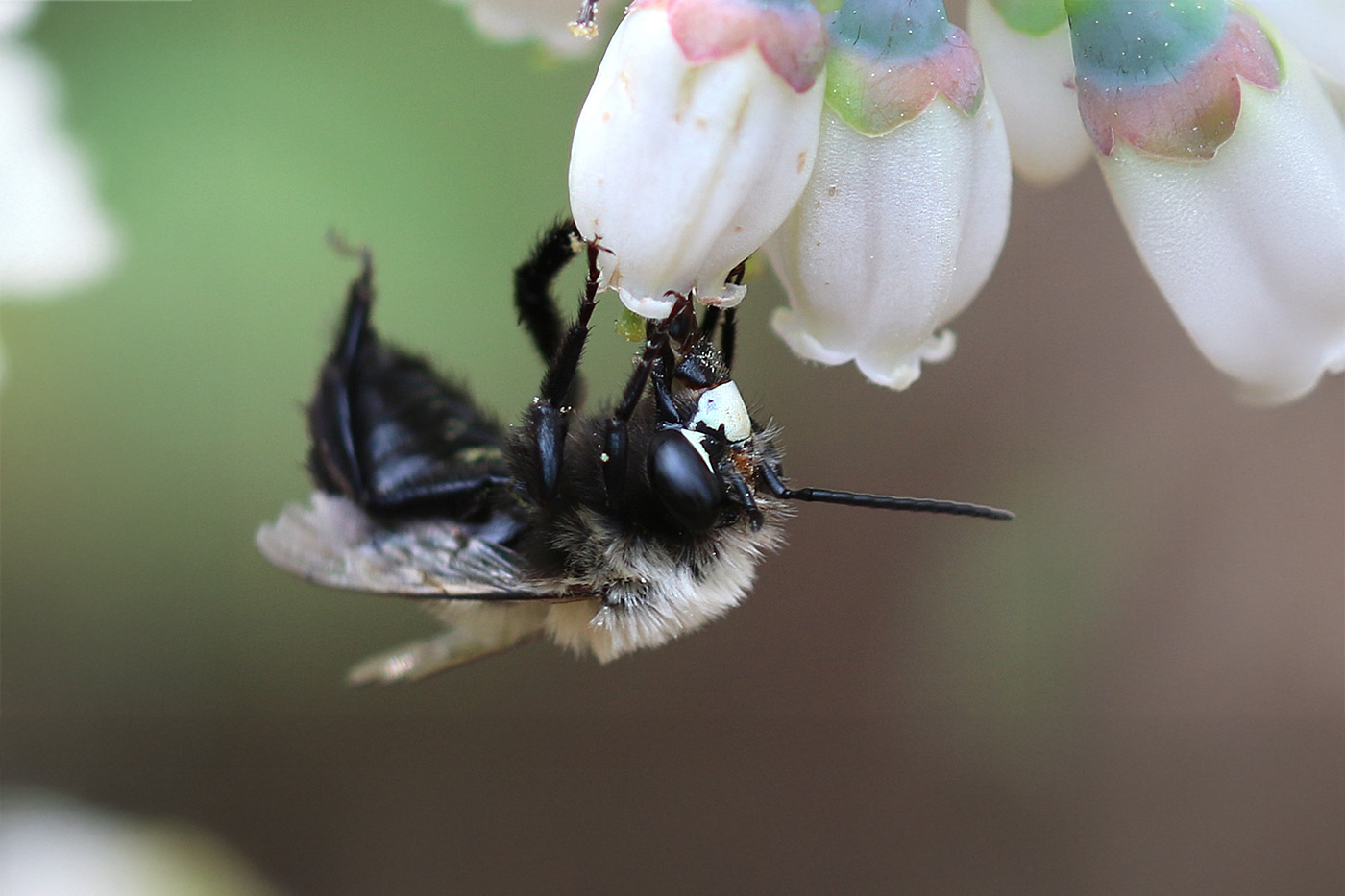Torrential rains have flooded fields and freezing temperatures have shocked plants, turning spring into a roller-coaster weather ride for Georgia farmers.
Over the past month, areas in south Georgia have received as much as 18 inches of rain, coupled with cold fronts dropping spring temperatures to below freezing.
The cold, wet weather delayed or postponed the planting of this year’s watermelon crop. Only 60 percent to 70 percent has been planted, according to a Georgia Agricultural Statistics Service survey of University of Georgia Cooperative Extension agents last week. A quarter of what has been planted is in poor condition.
If the rain stops and things dry up, farmers around Cordele, Ga. -- the hub of Georgia watermelon production – should have plenty of melons in time for the mother of all watermelon holidays: the Fourth of July, said Tucker Price, UGA Extension agent in Crisp County. Farmers there will plant 3,000 acres.
“Rain has stopped everything in watermelons. You just can't get out there. Some fields had been planted before the rain came while others were in the middle of planting and others had just applied fertilizers and laid plastic (into which the crop is planted in fields),” he said.
Blueberry farmers have also dealt with the weather.
Farmers in south Georgia plant two types of blueberries: highbush and rabbiteye. Highbush accounts for as much as 10 percent of the 15,000 acres in the area. The freezing spring temperatures zapped about half of that crop, said Danny Stanaland, blueberry expert and UGA Extension agent in Bacon County.
Highbush were damaged, but the rabbiteye variety, which is the most planted, is on track to make an excellent crop due to good pollination. Last year, farmers produced 34 million pounds. This year, Stanaland said, they could produce 15 percent more. Blueberry harvest for early-maturing varieties will start in the next two weeks.
“Onion maturity has slowed considerably in the past two weeks and farmers are afraid the crop is not going to size adequately,” he said. “I think the warmer weather this week will make the crop progress in a more normal fashion. We are a just a bit delayed regarding maturity. I think growers are antsy about getting more onions harvested to meet market demand, but they are not yet mature enough or big enough.”
Three-quarters of Georgia’s expected 350,000 acres of corn has been planted. Of that, a quarter is in poor to very poor condition, according to the GASS report.
“As you can imagine, it has been rough for corn producers. The cold, wet conditions have delayed planting and growth of that which has been planted,” said Dewey Lee, UGA Extension small grains specialist. “We have maybe two weeks of good planting window before we begin to see daily yield losses due to time.”
Due to the wet, cloudy weather, Lee said, wheat yields could be less this year. But most of the expected 340,000 acres is in OK condition.
According to the report, 86 percent of Georgia’s peaches are in good shape. The remainder is in poor condition.
The wet weather slowed land preparation for peanuts and cotton, which farmers will begin to plant next month. Farmers are expected to plant 500,000 acres of peanuts, or 28 percent less than last year due to the current large surplus. Cotton acreage is expected to be 940,000 acres, unchanged from last year.






